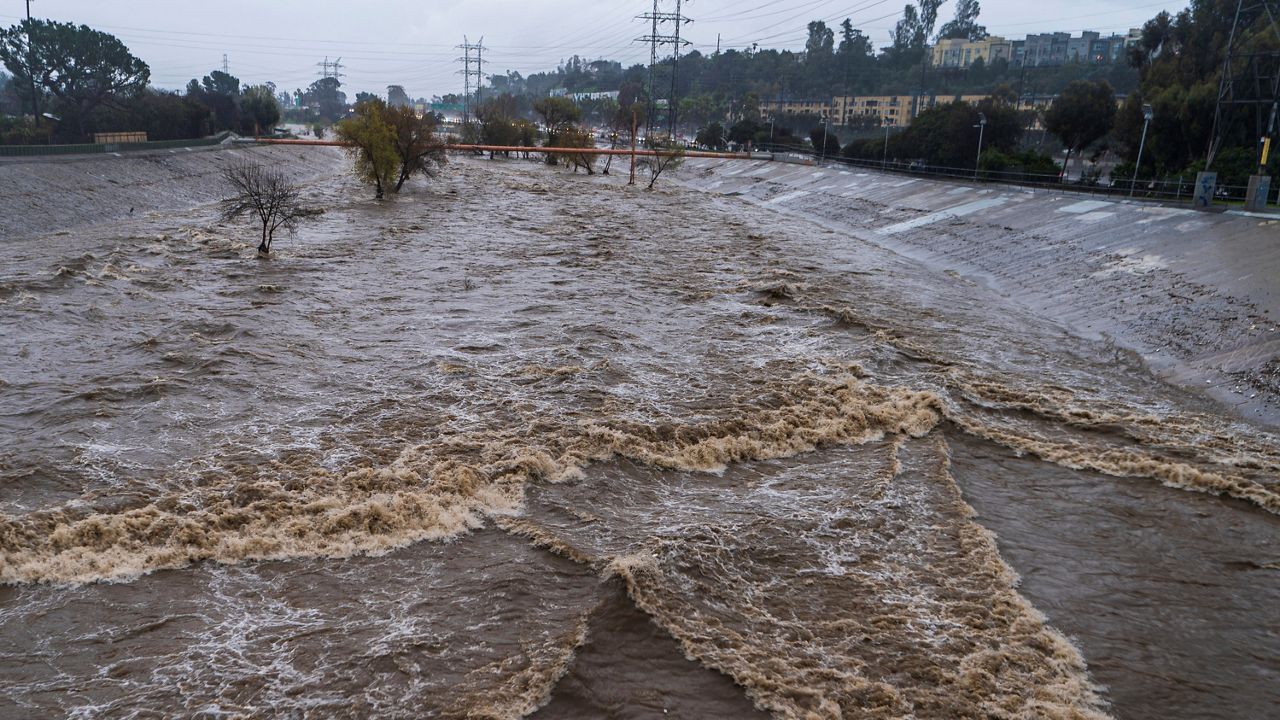ORANGE COUNTY, Calif. — Recent rains have distinguished this winter as one of the wettest to hit California in years. But experts say it won’t erase the damage of the many years of drought the state has suffered.
Rains in the state have caused floods, forced road closures and initiated evacuation warnings. And the state has reached about 95% of its average water storage for February compared to the 70% range for the same month in each of the past two years.
“Groundwater has been depleted for a number of years, and one wet winter, no matter how wet it is, is not going to make up for the extensive amount of water that has been withdrawn from groundwater storage.” said Jeanine Jones, interstate resources manager for the California Department of Water Resources. “Because California’s groundwater basins have been depleted for decades, not just years, it’s very unlikely you would refill them.”
Droughts in California have led to water rationing at times and in certain areas. Add more frequent wildfires to the list, and drought-related problems have created a series of expensive challenges.
A slate of new water policies and initiatives have been deployed, including in Orange County, to try and slow down the steady decrease in groundwater. The Orange County Water District has gotten creative, sterilizing water from its sewage system for certain public uses. The district would not be able to support the needs of its 3 million residents from the natural water cycle alone, the OCWD reports.
Water collection systems, including reservoirs, can only hold so much and often must release large amounts to protect against flooding. Their dual function, Jones said, prevents them from remaining at full capacity year-round. Other reservoirs, like Nevada’s Lake Mead, can accumulate water year over year.
Folsom Lake in Northern California often has to release water in order to be available in case of a flood.
“So then, we have to explain to people why our reservoirs are releasing water in a drought,” Jones said.
Restrictions loosen as spring progresses, allowing reservoirs to hold more water. But the problem remains: There’s just not enough space for all the available runoff, and the groundwater storage is likely too depleted to ever fully recover.
Jones noted that the local water agencies are required to stabilize water supplies, and they’re still submitting plans on how to do that.
“You’re never going to recover to a 1920s level of water, but you might be able to stabilize it to a 2020 level,” she said.



